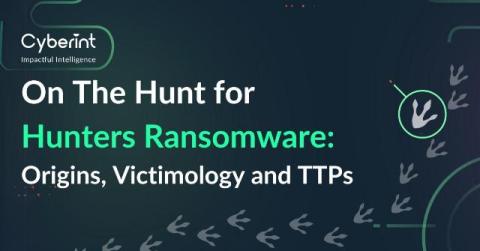What Is Data Loss Prevention?
Every organization faces data security threats, which become more complex when integrating technologies like cloud computing or hybrid working options. That’s why it is critical to implement robust data protection to safeguard critical assets such as intellectual property, personally identifiable information, and sensitive financial data. This challenge is further augmented by the growing number of regulations imposed by governmental and industry bodies.











